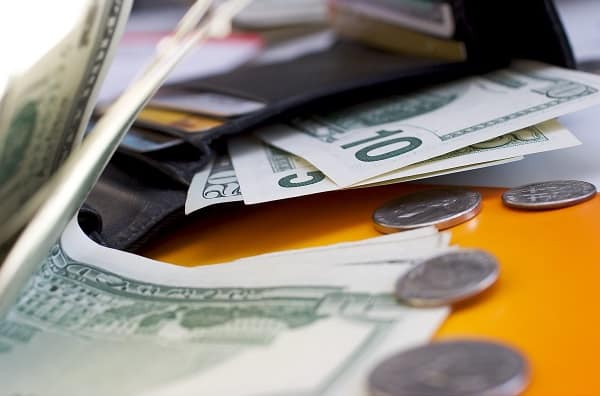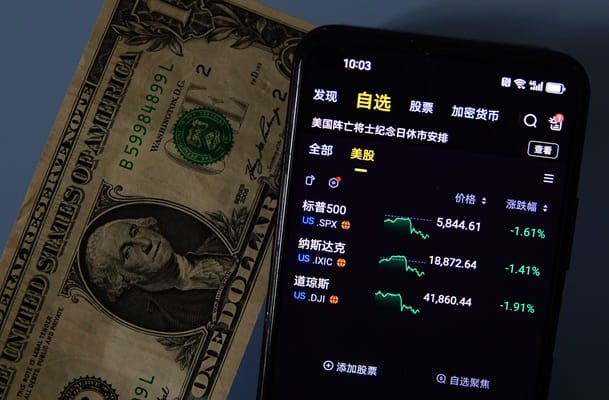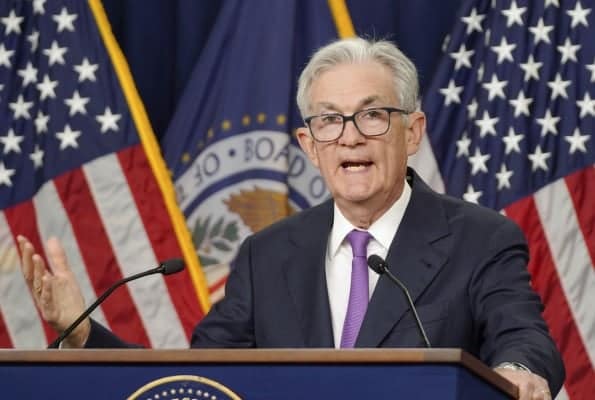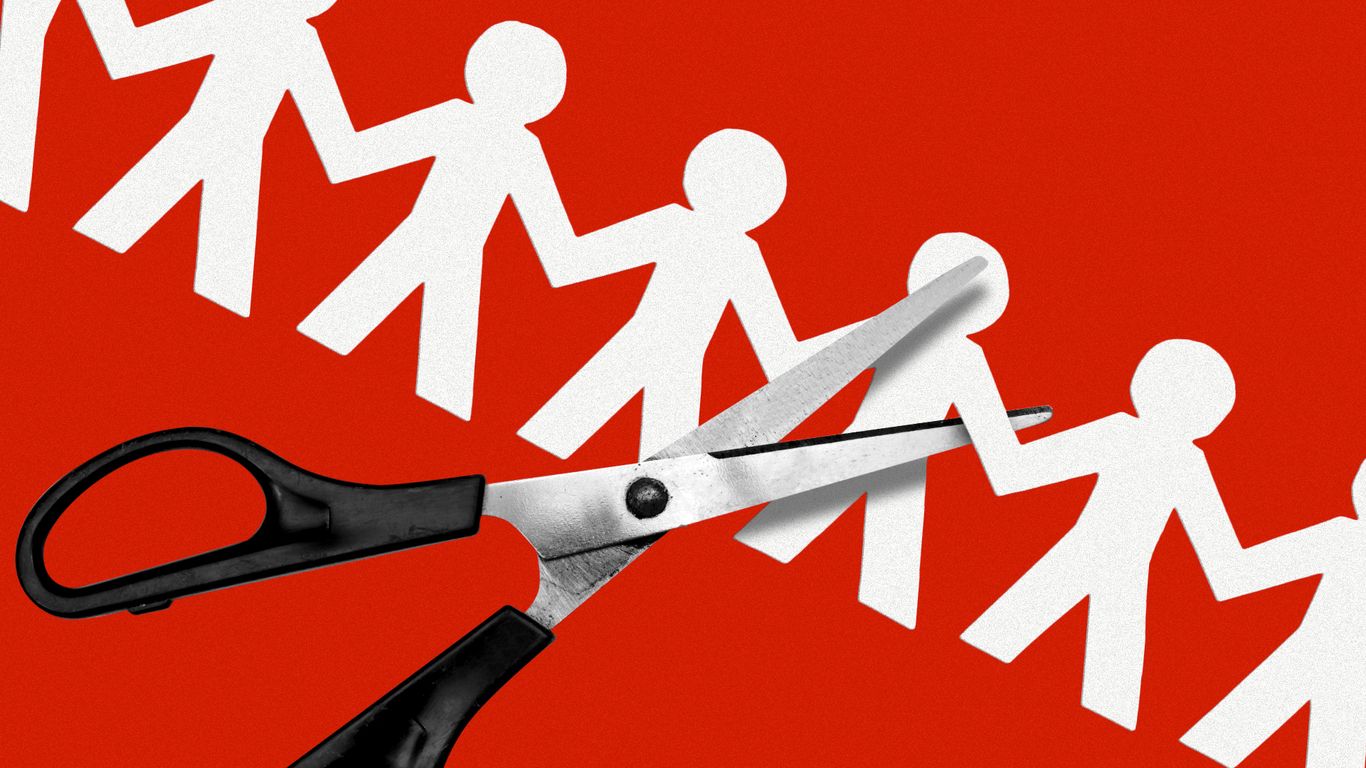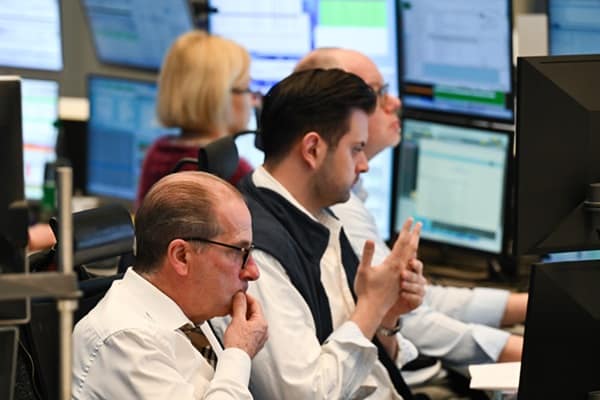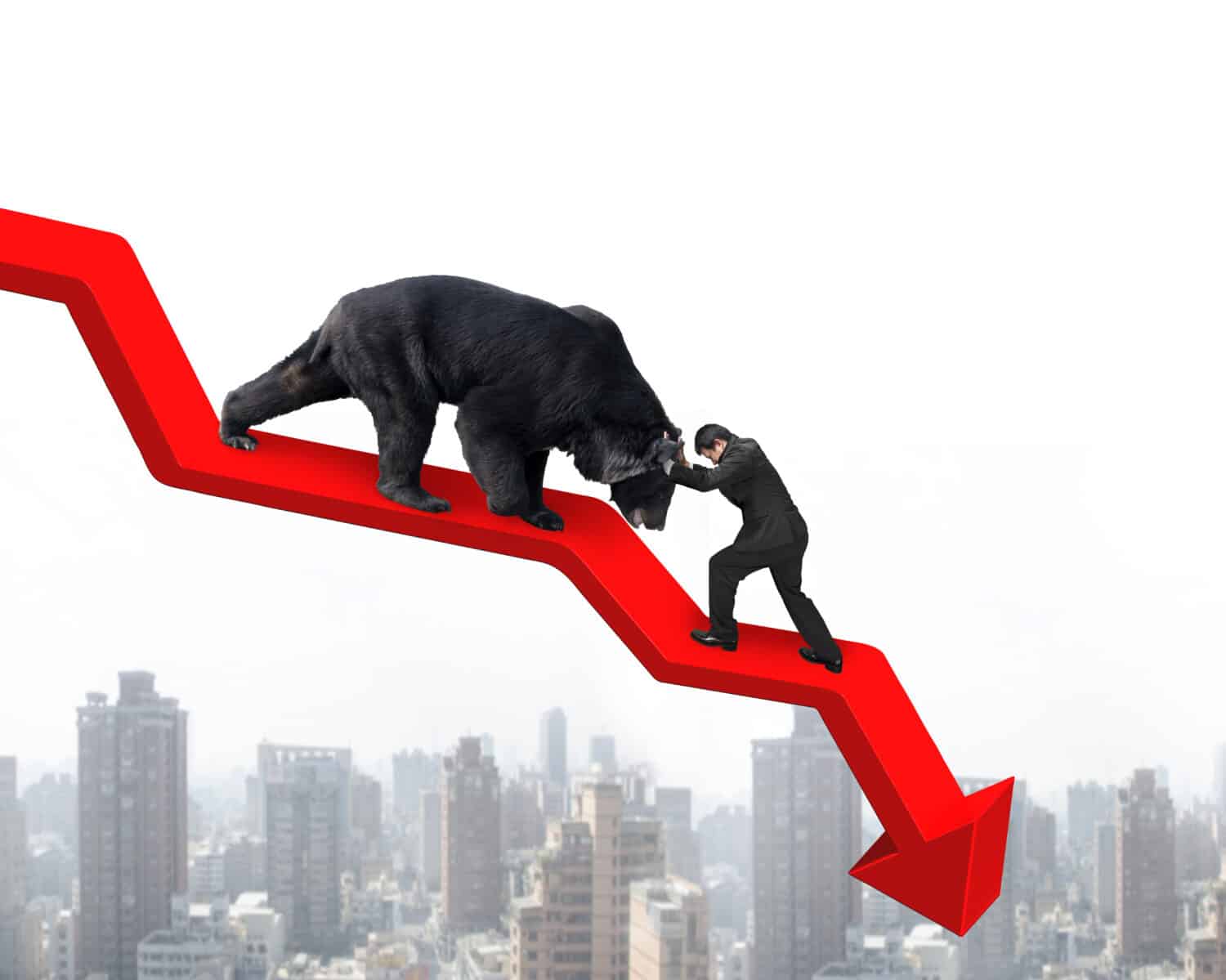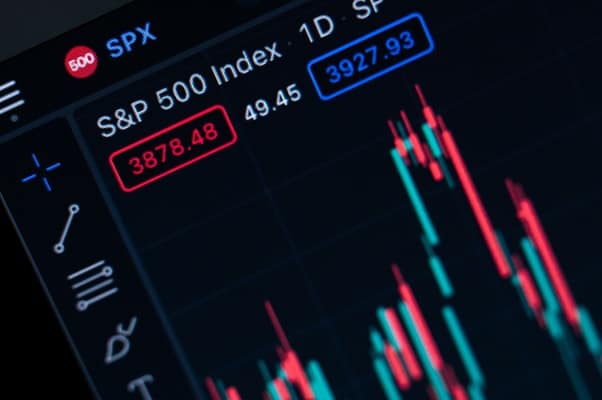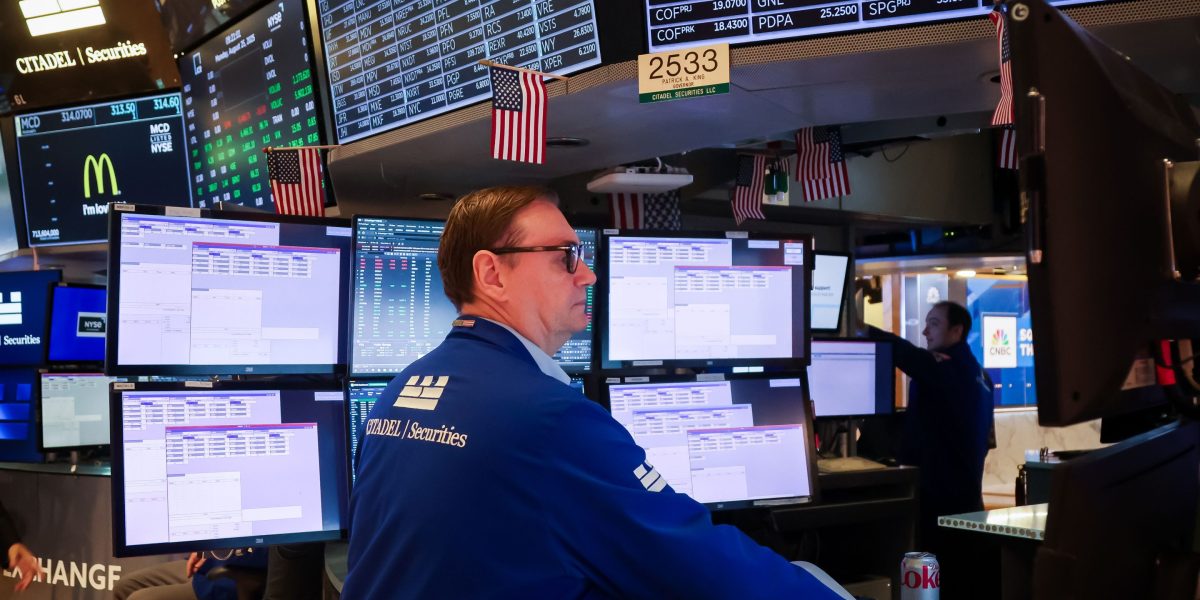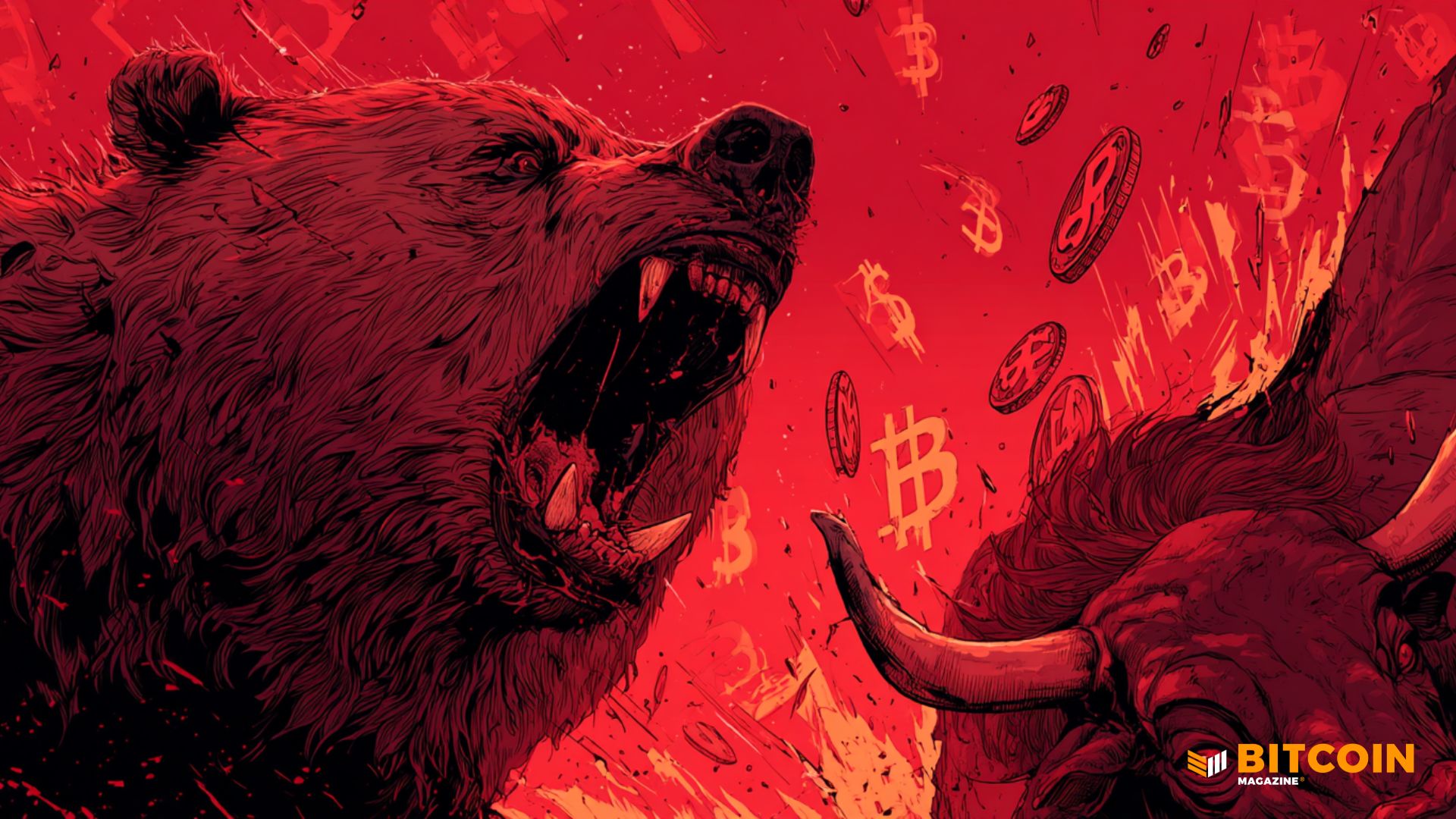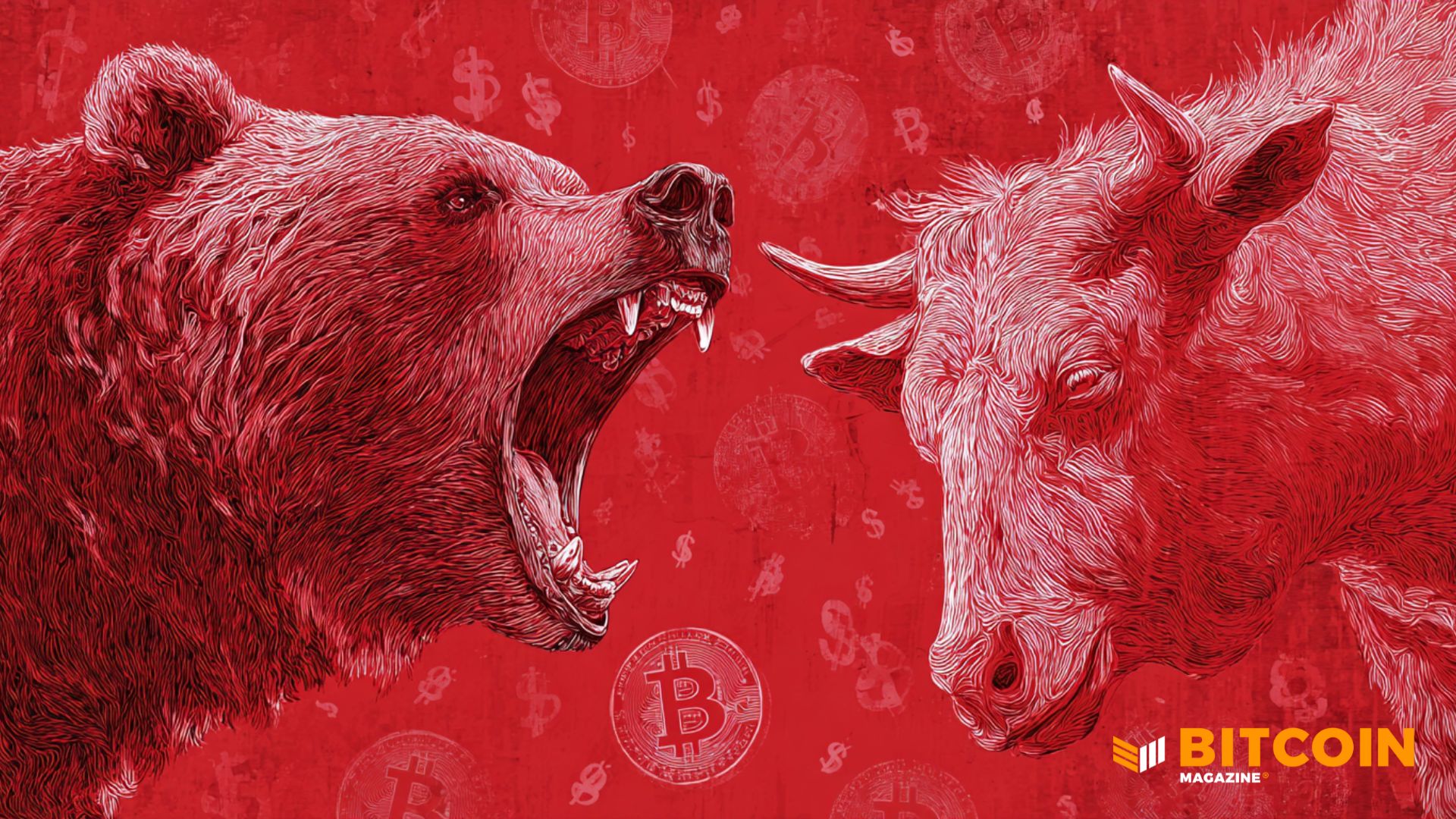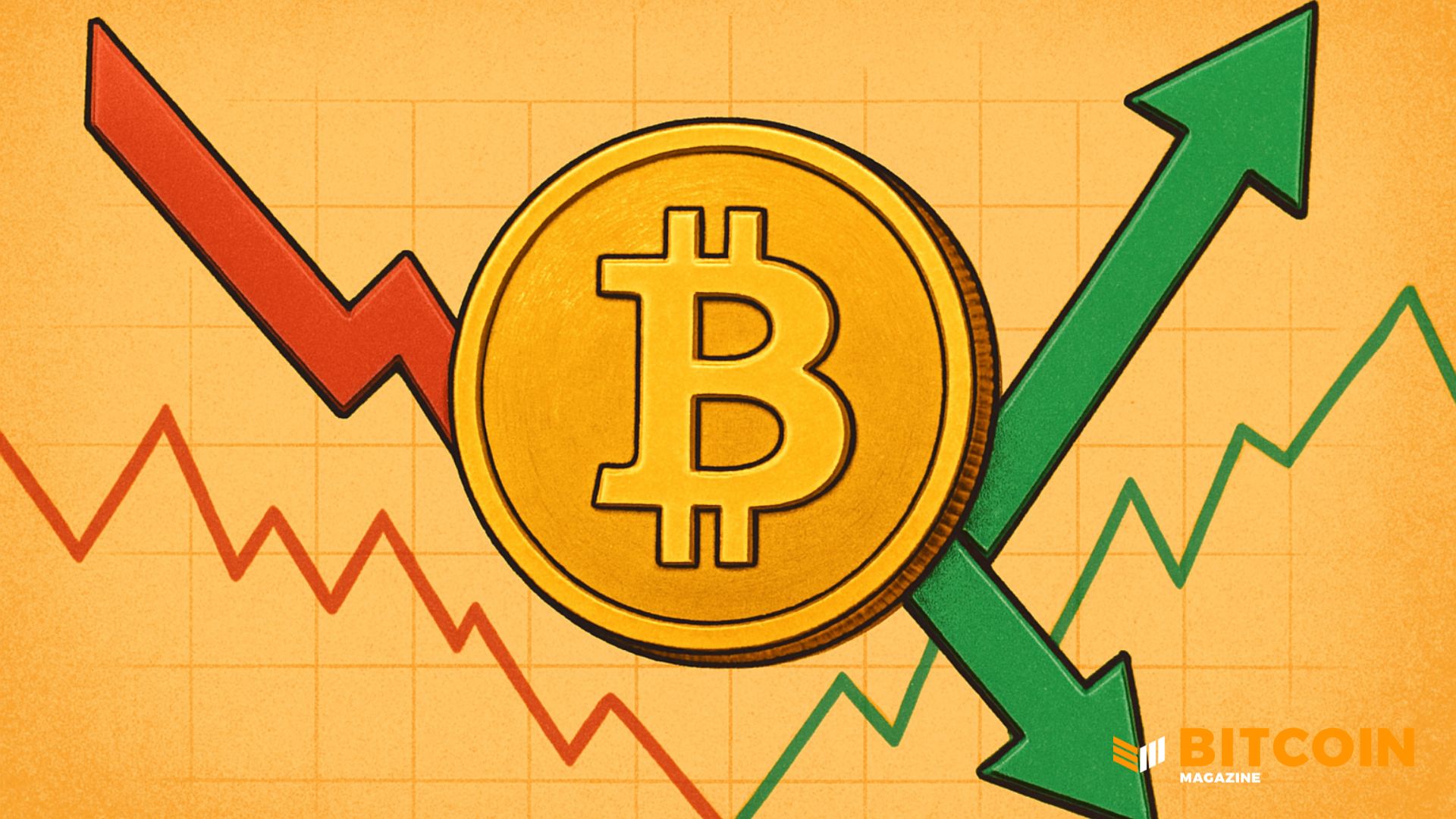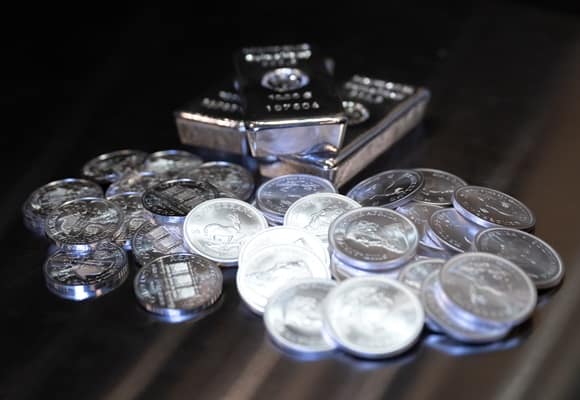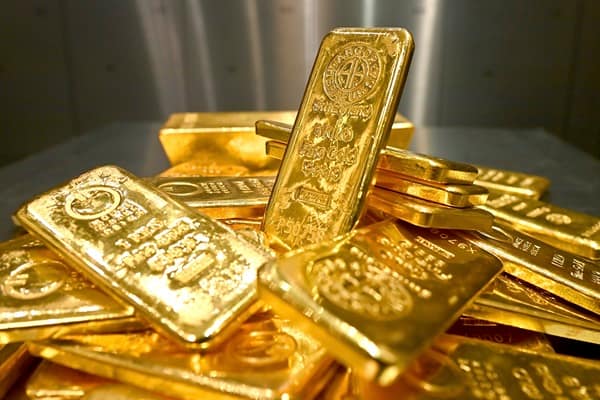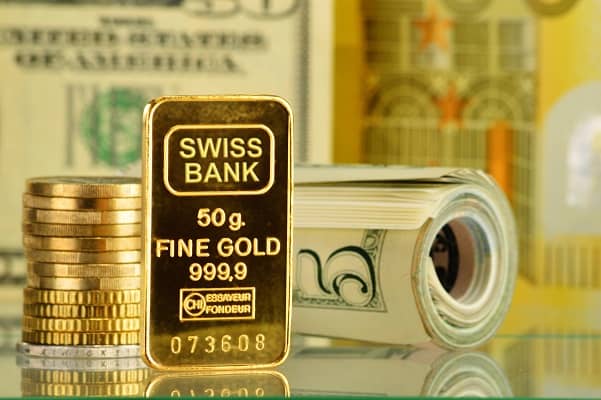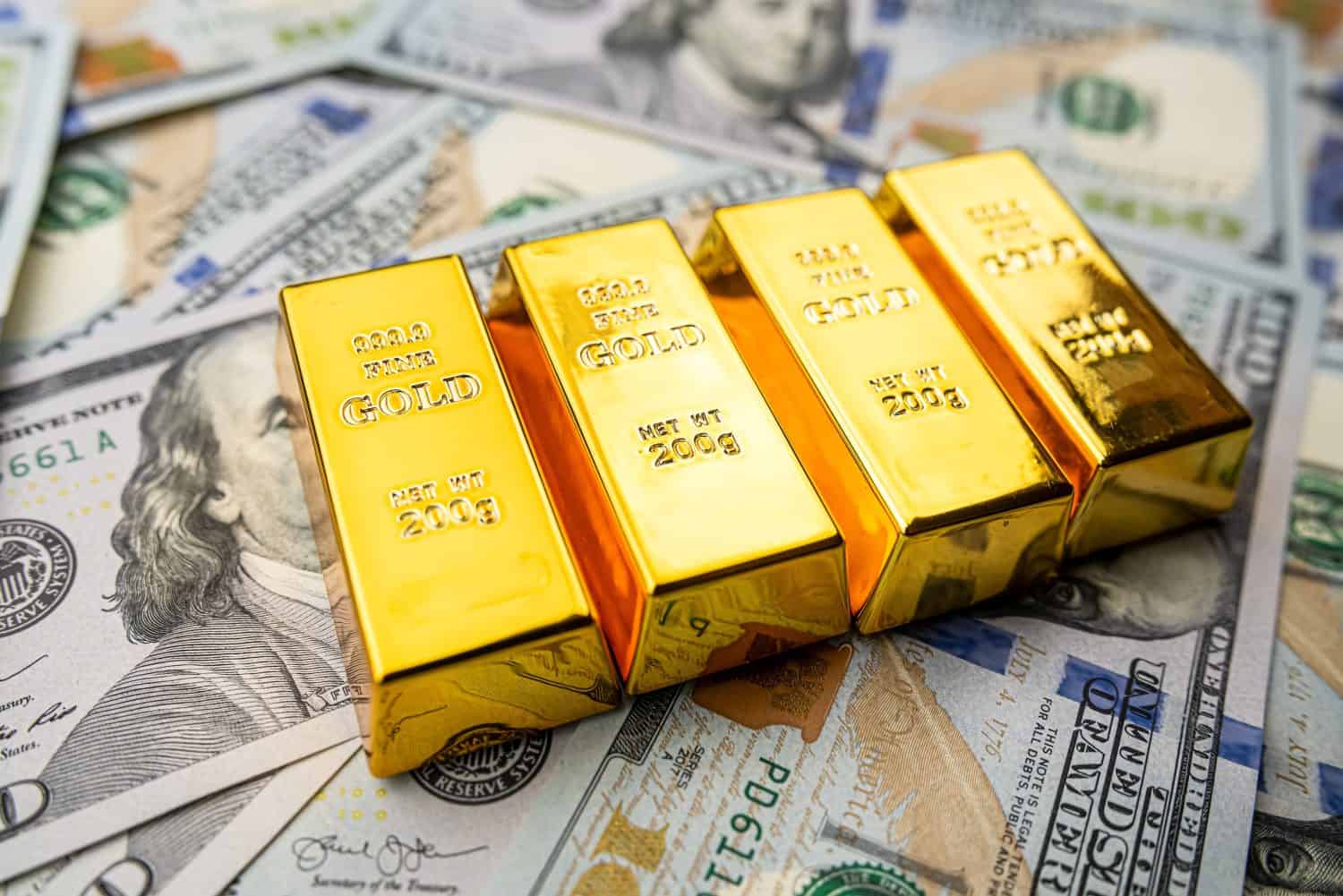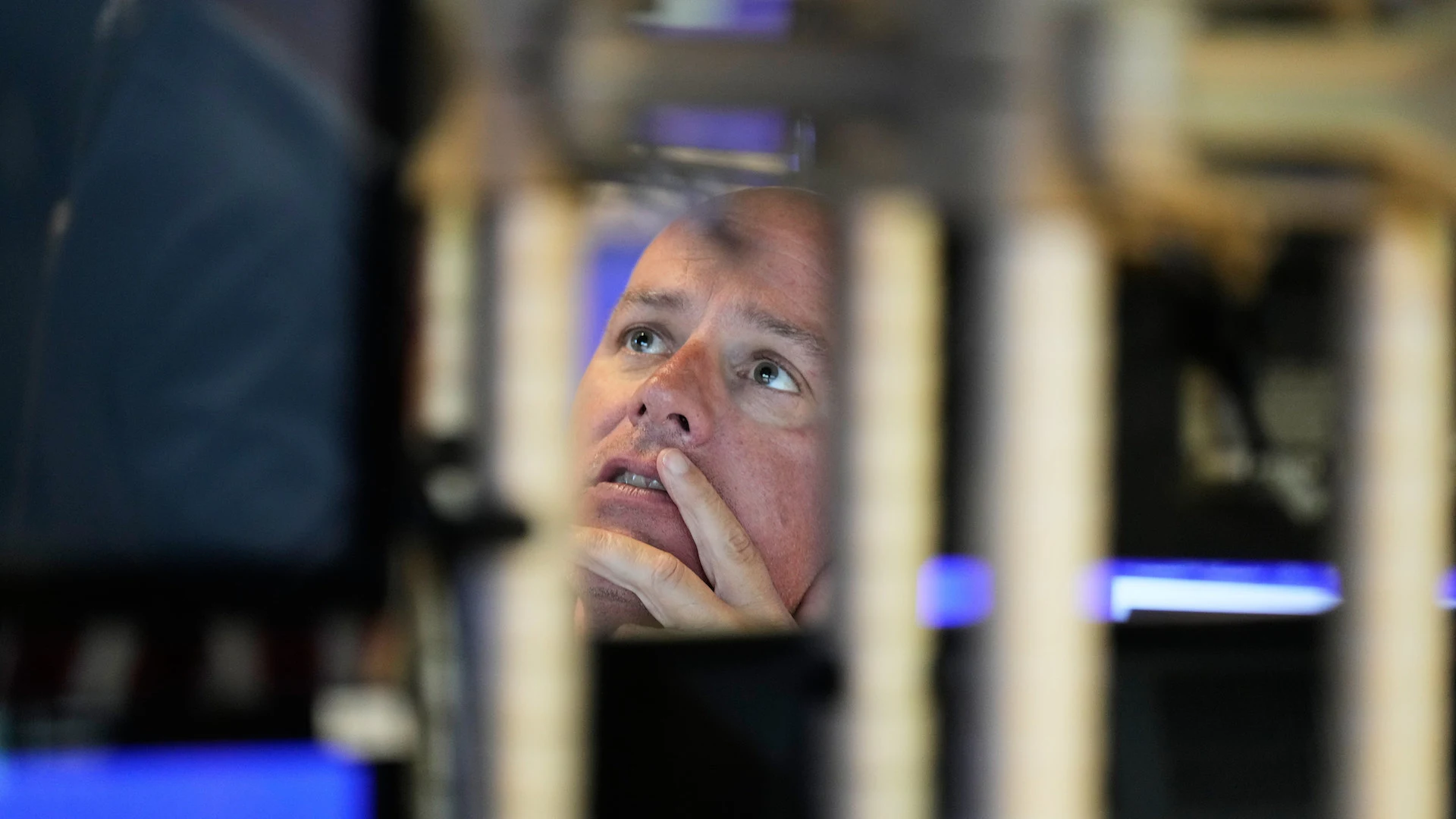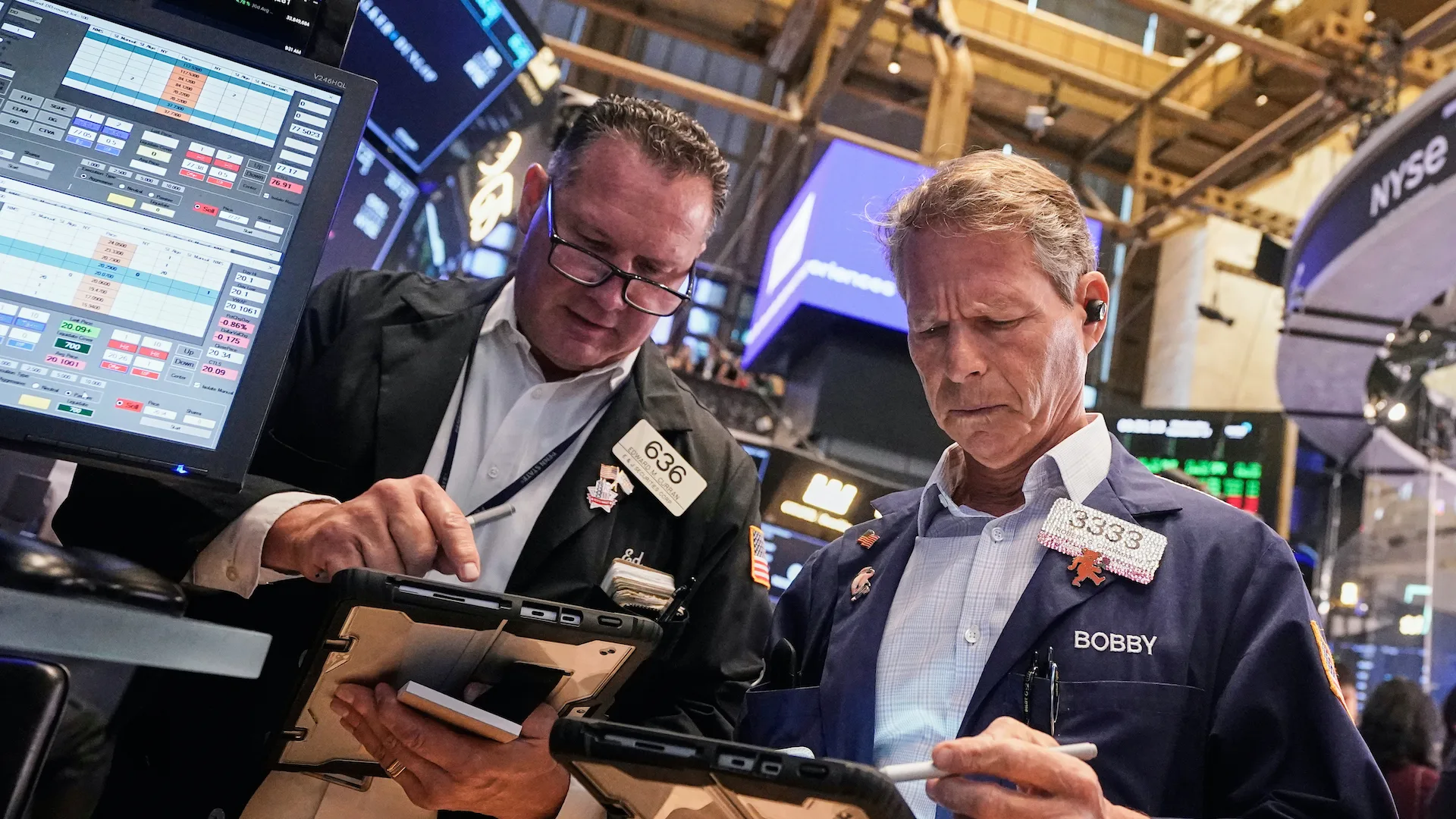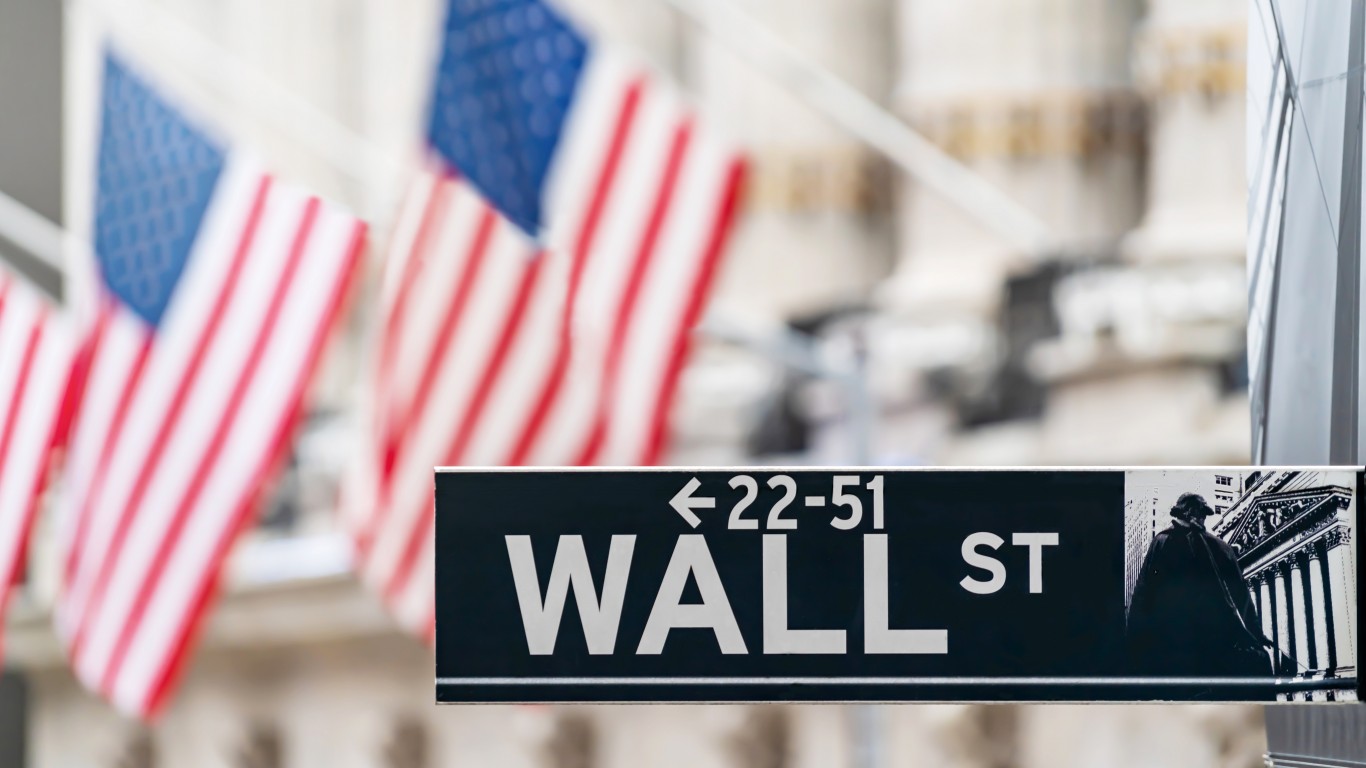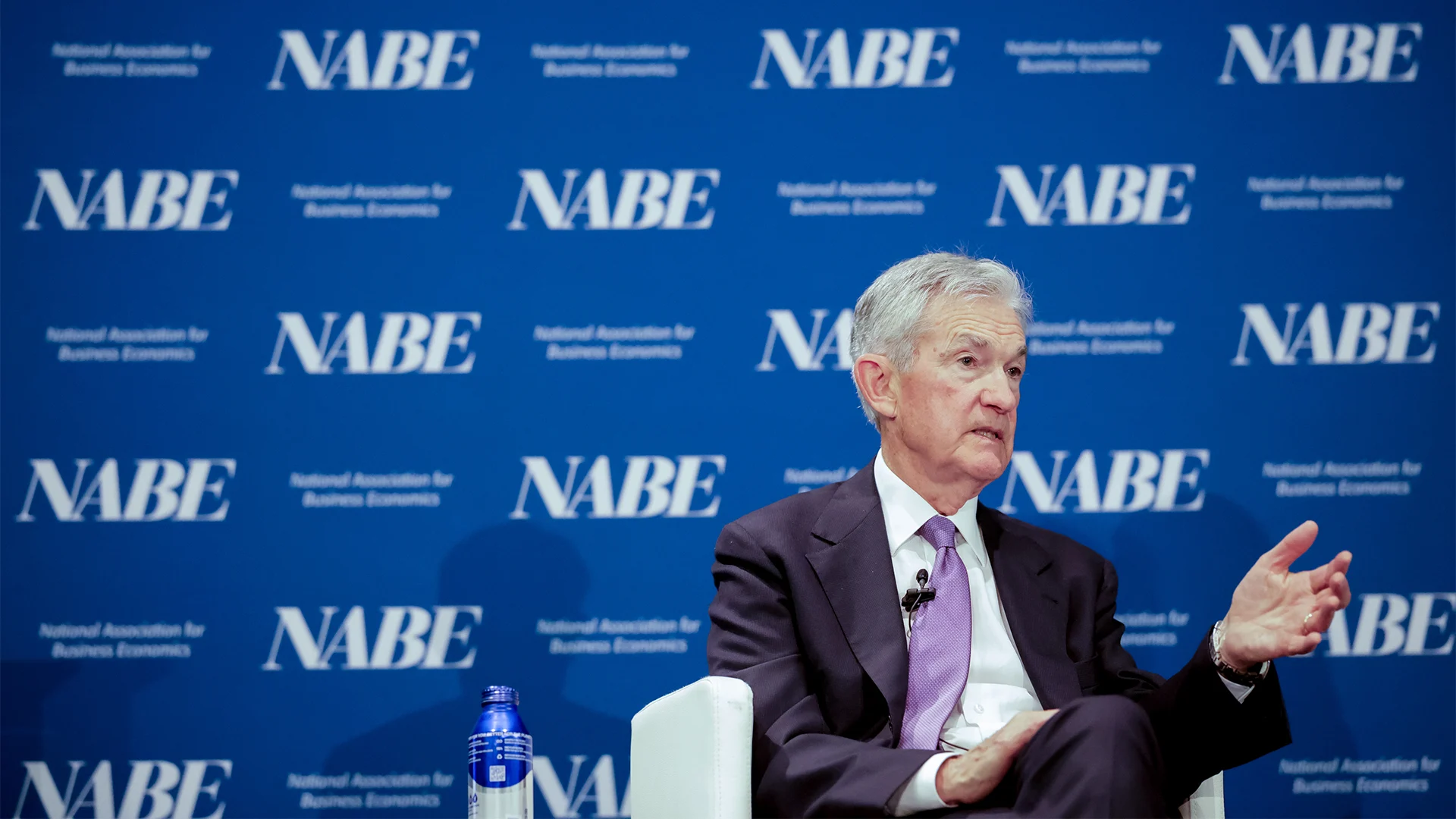#federal-reserve-policy
#federal-reserve-policy
[ follow ]
#mortgage-rates #us-dollar #treasury-yields #gold #sp-500 #10-year-treasury-yield #geopolitical-risk #labor-market
fromFortune
1 week agoWall Street drifts while Dollar General and Spam sales jump in a market hungry for affordability | Fortune
The S&P 500 slipped 0.1% but remains only 0.7% below its all-time high, continuing a relatively calm run following weeks of sharp swings. The Dow Jones Industrial Average was down 35 points, or 0.1%, as of 10 a.m. Eastern time, and the Nasdaq composite was 0.2% lower. Dollar General rallied 8.8% after reporting a stronger profit for the latest quarter than analysts expected, as more customers shopped at its stores. It was also able to squeeze more profit out of each $1 in sales that it made.
Business
Business
from24/7 Wall St.
1 week agoHere Are Wednesday's Top Wall Street Analyst Upgrades and Downgrades: American Eagle Outfitters, Equinix, Garmin, Honeywell, Uber, Wendy's and More
Stock futures rose with tech and crypto strength while an 80%‑priced Fed rate‑cut expectation supported equities and pushed Treasury yields lower.
Business
fromLondon Business News | Londonlovesbusiness.com
2 weeks agoDollar steadies as markets await key inflation data and Fed signals - London Business News | Londonlovesbusiness.com
Dollar held steady as markets await US inflation (PPI) and Fed signals that will influence December rate-cut odds and Treasury yields.
World news
fromLondon Business News | Londonlovesbusiness.com
1 month agoUSD pauses while geopolitical risks help gold maintain short-term resilience - London Business News | Londonlovesbusiness.com
Gold trades near US$3,980–4,000/oz as a stronger dollar and higher-for-longer Fed policy keep yields elevated while geopolitical risks sustain selective safe-haven demand.
from24/7 Wall St.
1 month agoWhy are Some Market Pundits Talking About the 1929 Wall Street Crash?
With all the chatter and commentary about the internet (or dot-com) bubble burst and even the great stock market crash of 1929, it's quite an unsettling time to be an investor in the markets, as the S&P nears new highs after a 2.3% gain for the month of October. For the tech-heavy Nasdaq 100, it was an even brighter month, with the index nearly rising 5% in a month.
Artificial intelligence
fromLondon Business News | Londonlovesbusiness.com
1 month agoSilver under pressure as Fed signals caution and trade tensions ease - London Business News | Londonlovesbusiness.com
Silver prices declined for a third consecutive session on Tuesday, as investor focus shifted to recent statements from Federal Reserve officials and signs of easing US-China trade tensions. Fed officials, including Mary Daly and Lisa Cook, emphasized a data-dependent stance ahead of the December meeting. While both expressed support for the latest 25 bps cut, they cautioned that further moves would depend on incoming economic indicators.
Business
fromFortune
1 month agoDow futures jump 300 points as U.S.-China trade war heads for ceasefire while Wall Street eyes another Fed rate cut and earnings from AI giants | Fortune
U.S. stocks signaled another rally on Sunday night after the Trump administration negotiated a framework for a trade deal with China that should avoid mutual assured destruction. Treasury Secretary Scott Bessent offered rough outlines of an agreement that include China easing rare earth export restrictions and buying "significant" amounts of U.S. soybeans in exchange for President Donald Trump removing his threat of adding 100% tariffs on China.
Business
US news
fromLondon Business News | Londonlovesbusiness.com
1 month agoDollar holds steady as markets await Fed signals amid trade turmoil - London Business News | Londonlovesbusiness.com
Dollar traded in a narrow range amid US-China trade tensions, a government shutdown, and Fed guidance expectations affecting yields and policy outlook.
fromwww.housingwire.com
2 months agoBanks earned $1 trillion windfall during Fed's high-rate period
At the end of the second quarter, the average U.S. bank paid depositors an annual interest rate of 2.2%, according to Federal Deposit Insurance Corporation data. This is higher than the 0.2% rate two years ago but well below the Fed's 5.5% overnight rate. JPMorgan Chase and Bank of America reportedly paid 1.5% and 1.7% on average, respectively. Those lower payments to depositors generated roughly $1.1 trillion in additional revenue, about half of total bank income over the period, the Financial Times' calculations indicate.
Business
Business
fromLondon Business News | Londonlovesbusiness.com
2 months agoS&P 500 ends three-week winning streak - London Business News | Londonlovesbusiness.com
Equities face pressure from sticky services inflation and high Treasury yields, despite resilient consumer spending and AI-driven tech momentum.
Business
fromLondon Business News | Londonlovesbusiness.com
2 months agoDollar steady ahead of PCE release - London Business News | Londonlovesbusiness.com
PCE, personal spending and income data will determine Fed policy expectations; markets now see lower odds of multiple rate cuts, with an October cut likely.
Business
fromLondon Business News | Londonlovesbusiness.com
3 months agoUSD/JPY at the 148 threshold - London Business News | Londonlovesbusiness.com
USD/JPY climbed toward 148.00 as a stronger U.S. dollar, mixed inflation, and weakening jobless claims intensify Fed policy trade-offs and market rate-cut expectations.
fromFast Company
3 months agoStocks on Wall Street rise ahead of new U.S. inflation data and job numbers
Most economists believe the Fed will cut rates at its meeting next week after recent data revealed a labor market that's been softening for longer than previously thought. While inflation also remains stubbornly above the U.S. central banks 2% target and is forecast to have risen again in August, Fed officials have increasingly expressed concern about a slowing U.S. job market.
US news
fromenglish.elpais.com
3 months agoTrump ends four uninterrupted years of job creation in the US
Donald Trump returned to the White House promising to boost job creation. So far this hasn't happened: the labor market is weakening and, for the first time since the Covid pandemic, is beginning to show negative job growth. According to indicators released on Friday, 22,000 non-farming jobs were added in August, far lower than the 76,000 new positions economists had been expecting to see.
US news
fromFortune
3 months agoAs investors brace for weak jobs data and Fed cuts, Sydney Sweeney powers a retail stock rally
Wall Street is holding steady Thursday as the countdown ticks to an update on the U.S. job market coming Friday that could clear the way for the cuts to interest rates that investors love. The S&P 500 was virtually unchanged in morning trading. The Dow Jones Industrial Average was down 52 points, or 0.1%, as of 10:10 a.m. Eastern time, and the Nasdaq composite was flat.
Business
fromLondon Business News | Londonlovesbusiness.com
3 months agoSilver hits high as Fed easing bets and solar boom support outlook - London Business News | Londonlovesbusiness.com
Silver traded recorded some volatility on Tuesday, hovering near its highest level since 2011, as investors weighed macroeconomic signals and industrial momentum. Markets continued to price in a near 90% probability of a 25 bps Federal Reserve rate cut later this month, following dovish remarks from San Francisco Fed President Mary Daly, who warned of labour market fragilities and described tariff-driven inflation as likely transitory. Ongoing concerns over the Fed's independence and broader uncertainty around US trade policy kept safe-haven demand elevated.
Business
[ Load more ]
